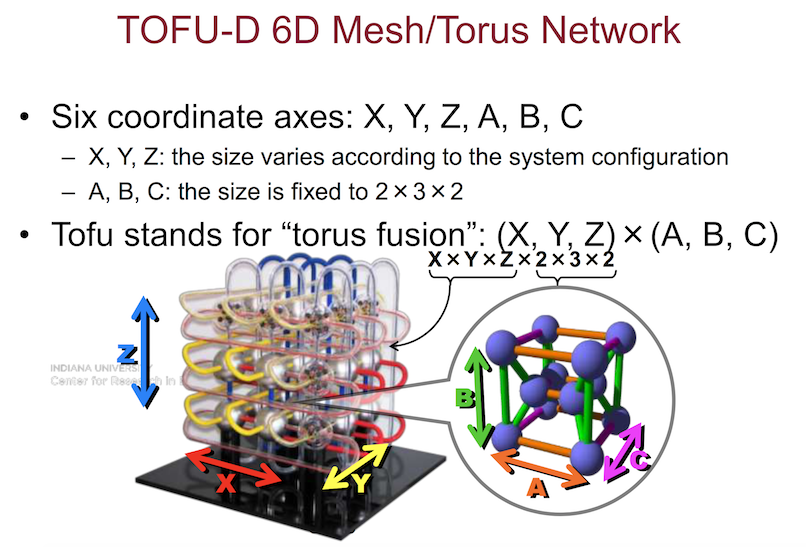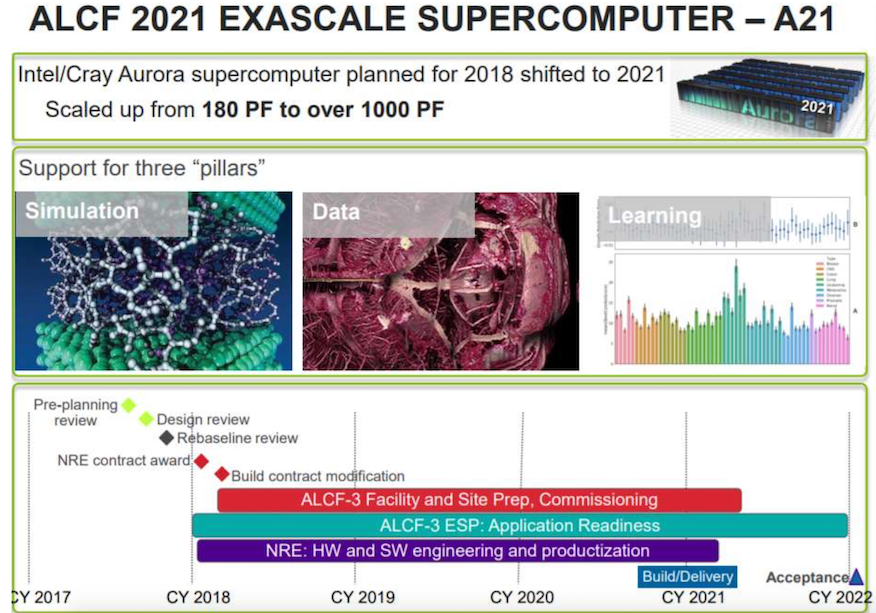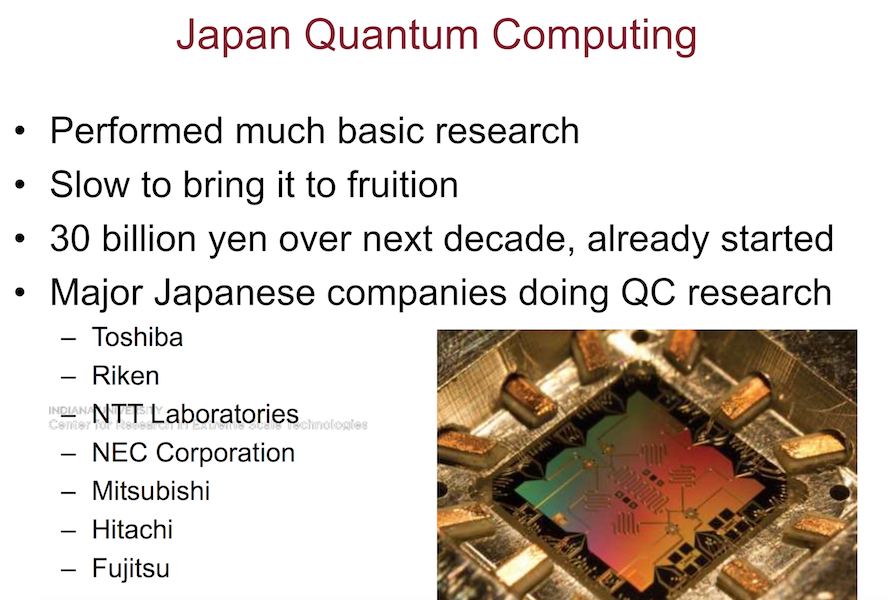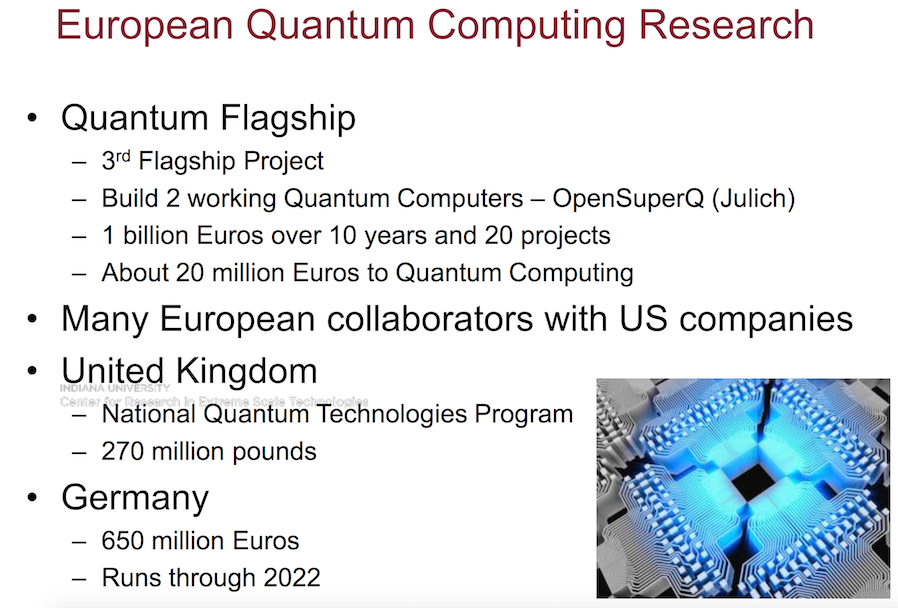Entertaining, insightful, and unafraid to launch the occasional verbal ICBM, HPC pioneer Thomas Sterling delivered his 16th annual closing keynote at ISC yesterday. He explored, among other things: exascale machinations; quantum’s bubbling money pot; Arm’s new HPC viability; Europe’s suspect plans (at least by Sterling) for a home-grown processor; HPE and Nvidia’s gobbling up of Cray and Mellanox; and even provided a tongue-in-cheek machine learning tutorial.
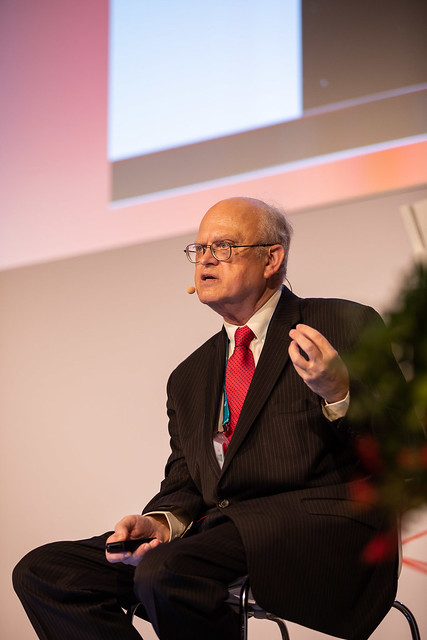
Indeed, Sterling’s whirlwind sweep through the HPC landscape at ISC is always an adventure that prompts much laughter and a few cringes.
- On the delayed Aurora project. “The Department of Energy in its infinite wisdom, had a very good team, Intel and Cray and other contributors, [and] did the obvious and right thing when the Aurora project failed. They gave the same people a much bigger budget with a much bigger objective, 1 exaflops, and in shorter time. That’s a winning formula for me.”
- On China’s exascale plans. “My intent was to tell you China had selected its first exascale machine [and] it was going to be the Tianhe 3 and that this was a picture of the prototype,” said Sterling showing a slide. He learned otherwise at a very recent meeting with computer scientists from Asia. “What’s wrong with this is that it is all wrong. First, China has not decided what its number one machine will be; two and three, they said this is not a Tianhe and indeed [it’s] a Sunway machine. But it’s a nice picture.”
Obviously he had more to say about China’s ambitions but his willingness to absorb as well as to deliver barbs has proven to be a winning approach over the years, often saying publicly what others are murmuring behind closed doors.
Sterling made his presentation while seated, still recovering from recent surgery, but not lacking in zest. Sterling is best known as the “father of Beowulf” for his pioneering research in commodity/Linux cluster computing for which he shared the Gordon Bell Prize in 1997. Currently he professor of intelligent systems engineering at the Indiana University (IU) School of Informatics, Computing, and Engineering and also serves as the PI of the Continuum Computing Architecture Project at the Department of Intelligence Systems Engineering.
Presented here are a few of his slides and comments. Let’s start with the race to exascale which has dominated the high-end of HPC the last few years. While regional rivalries and the desire for competitive advantage are often used to characterize the race, Sterling said, “In my opinion this is about the expansion of the field and internationalizing of the ability of HPC for science and engineering and industry and commerce. [It’s] not about a competition.”
The global rising tide of powerful systems will raise all boats, he suggests. China may be the furthest along though the precise timetable for standing up an exaflops machine is unclear. NUDT has built a prototype system. “[It has] 512 nodes with the matrix 2000+ socket chip and this will be replaced by the matrix 3000 in preparation for whenever it delivers and exascale machine. It is an engineering wonder and really explains why the Asian community is doing so well in this field,” said Sterling.
Japan’s big recent news is around Fugaku (previously the post-K machine) which is based on Arm technology. “[It is] using Arm but only in the instruction set architecture. The actual core design is unique and new to Japan and Fujitsu and is combined with an integrated accelerator, the SVE, which is 512 bits wide,” said Sterling.
“Ever since the Earth Simulator, which of the gray beards here will remember, was stood up and was about 40 teraflops and horrified those of us in the west that suddenly woke up and realized we didn’t own the entire technology space. Jack Dongarra was quoted (in the New York Times) calling this “Computnik.” [Ever since then] the Japanese have constantly developed and deployed truly balanced architectures making it a little overkill with the communication and the bandwidth and low latency enhanced at expense for better balanced machines. [Fugaku] will be delivered midway 2021,” he said.
Fugaku will have a TOFU-D 6D toroidal mesh. “I hate Tofu (the food),” said Sterling as an aside, but in this case “it stands for toroidal fusion, and once again confers a tremendous amount of integral bandwidth to the future machine. This will be a major contributor to the field.”
He had praise and disappointment for the U.S. effort to reach exascale computing. The Exascale Computing Project (ECP) focused on developing needed software technology and adapting applications got some love from Sterling. So did recent leadership-class, pre-exascale machines, Summit and Sierra. Not so much for Aurora, being built by Intel and Cray, which has been delayed and is now scheduled to be the first U.S. exascale machine (possibly; Frontier at Oak Ridge has a competitive timeline).
So much has already been said about Aurora. Sterling glibly noted it was DOA but quickly added machines sometimes fail and that’s part of progress and not to be excessively dwelled upon. Not much is known about the forthcoming Aurora. It will leverage Cray’s new Shasta design and Slingshot technology; use and Intel CPU and an Intel GPU about which very little is known; and be deployed at Argonne National Laboratory.
Tongue-in-cheek, Sterling said, “It will be truly leading edge one way or the other, [but] I don’t know if it will be the back edge or the front edge. I should be giving credit to Intel and Cray…Xeons will be there. Some will be fat, some will be skinny, and then there’s a three-letter acronym that will be included. As far as I could tell this will not be anything like the original Aurora machine but we will all find out in a little while. This is a general purpose machine; that’s very important, for simulation, streaming data analytics, machine intelligence.”
He notes some ideas about what might be in Aurora eventually and indicated they seemed reasonable.
Sterling acknowledged Europe’s steady progress in building out its HPC infrastructure and relative success working closely with industry. He also acknowledged it’s in a bit of bind: “The truth is the European community has a very important problem to solve. This is [that] they are a consumer of about 30 percent of the worldwide HPC yet they bring in only about three percent of the [revenue]; this is clearly an unbalanced business model and has to be addressed and resolved.”
Sterling wasn’t optimistic about current plans to build a home-grown advanced processor. It is a “goal for which they are ill prepared and that is not only to develop a new processor for HPC and exascale but rather to do so with an experience base with which they have developed no such processors in the last ten years,” he said.
One take home idea, he suggested, was that HPC is splitting into two distinct communities that serve different purposes: one advances the state of the art in technology and the other doing the science and engineering in industry, academia, and commerce using that technology.
It’s not surprising quantum computing got so much attention. As he pointed out there is a significant amount of government and private money pouring into quantum computing, a la the U.S. $1.25B Quantum Initiative.
“Here’s an area that is, frankly, really speculative, and yet the world has constructively and appropriately come together to make a bet, to project its hope for the future,” he said. It’s probably safe to infer he wonders a bit about how quickly quantum computing will become a practical tool. That said, there’s a global race for QC afoot and what seems like a sudden gush of funding.
Right now it’s not clear what the winning qubit technology will be. Semiconductor-based superconducting technology is the dominant track but others are emerging. Much of the ongoing work isn’t on qubit technology but on software – the algorithms and programming environment models. Many of those most active QC companies, he noted, are making their technology available by the web.
“[It’s] truly an outreach to users, partly to educate us and partly to provide feedback to them about where the field has to evolve,” said Sterling. He poked a little fun at the notions of quantum supremacy and quantum dominance as marketing driven.
“The Japanese are also investing significantly in QC,” said Sterling. “The second bullet (slide below) says they are slow to bring this to fruition. This is true but it also might be the right strategy. The Japanese involving major industry partners across Japan which are in the search phase, not rushing too much to jump on any particular [technology] but continuing to evolve their perception of the possibilities, the most promising paths. So it may be the slow and steady wins the race here. We can only wait and see.”
Least is known about China’s quantum computing efforts. It is planning a massive single center in which to drive its quantum efforts. “The center for quantum science should be open about a year from now. There is already significant work with the Chinese Academy of Science,” he said. It will be interesting to watch how quickly China’s centralized efforts progress versus the U.S.’s very diverse efforts encompassing academia and private enterprise.
Capturing the full scope of Sterling’s comments is beyond this short article. ISC will likely make the recorded version available. He spent some time paying tribute to recent HPC award winners as he usually does.
In summary, Sterling is fond of picking an event in science that was enabled by HPC and marks a significant breakthrough. This year he chose the imaging of a black hole at the center of NGC 4486, a galaxy much larger than the Milky Way and with five times as many stars.
“Black holes, outside of science fiction, are confusing, badly modeled, and there is still some reticence to fully embrace it. Until now. A very large collaboration involving both HPC and eight major microwave antennas has been collecting data for more than a year and processing that data,” he noted. The results, of course, were stunning images of the event horizon around the black hole.
On to ISC2020



